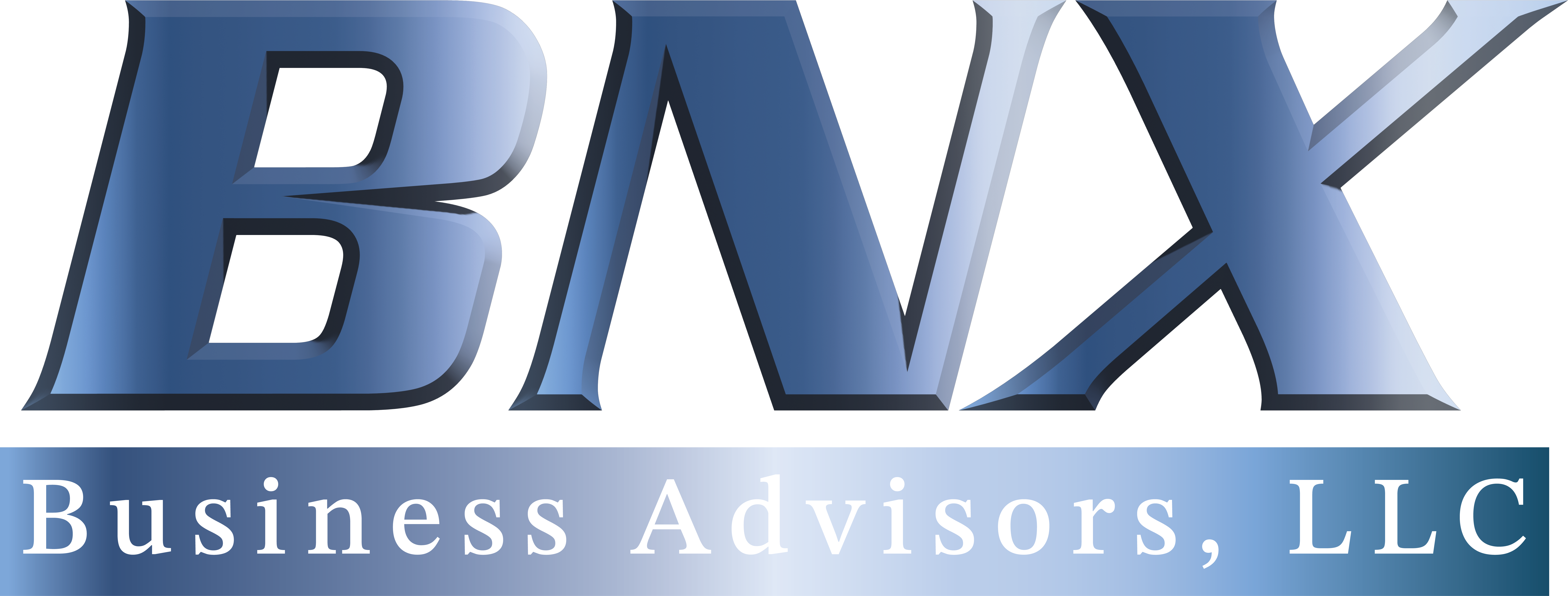Key Ingredients for Success
Introduction:
Creating a positive workplace culture is not just a buzzword; it’s a crucial aspect of fostering employee engagement, productivity, and overall satisfaction. A positive workplace culture contributes to the well-being of employees, boosts morale, and enhances collaboration and innovation. In this blog, we will explore the key ingredients for building a positive workplace culture and how it can benefit both employees and organizations.
- Clear Communication and Transparent Leadership:
Open and transparent communication is the foundation of a positive workplace culture. When leaders clearly communicate their expectations, share information, and encourage open dialogue, employees feel valued and engaged. Transparent leadership fosters trust, reduces uncertainty, and empowers employees to voice their opinions, ideas, and concerns. Regular team meetings, town halls, and one-on-one sessions can help ensure effective communication throughout the organization.
- Respect and Inclusivity:
Creating a culture of respect and inclusivity is vital for a positive workplace environment. It involves treating every employee with dignity, irrespective of their background, gender, race, or beliefs. Encouraging diversity of thought, providing equal opportunities, and fostering a sense of belonging are essential. By embracing different perspectives and experiences, organizations can tap into a wealth of ideas and create an environment where everyone feels valued and respected.
- Recognition and Appreciation:
Recognition and appreciation are powerful tools for building a positive workplace culture. Recognizing and celebrating employees’ achievements, both big and small, goes a long way in boosting morale and motivation. Regularly acknowledging and appreciating employees’ efforts not only reinforces positive behavior but also encourages a culture of excellence. This can be done through public recognition, rewards, incentives, or simply a heartfelt thank you.
- Work-Life Balance and Employee Well-being:
A positive workplace culture acknowledges the importance of work-life balance and employee well-being. Encouraging flexible working hours, providing opportunities for personal growth and development, and offering wellness programs can help employees thrive both professionally and personally. Organizations that prioritize their employees’ well-being create an atmosphere where individuals can maintain a healthy work-life integration, leading to increased job satisfaction and productivity.
- Collaboration and Team Building:
Promoting collaboration and fostering strong team dynamics is essential for a positive workplace culture. Encouraging teamwork, creating cross-functional opportunities, and providing platforms for knowledge sharing can enhance employee engagement and productivity. Team-building activities, such as workshops, off-site retreats, or even virtual team-building exercises, can strengthen relationships, improve communication, and create a sense of camaraderie among employees.
Supporting a culture of continuous learning and growth is crucial for employee satisfaction and development. Offering opportunities for training, upskilling, and professional development not only helps employees enhance their skills but also demonstrates a commitment to their growth. When employees feel supported in their career aspirations, they are more likely to be engaged, motivated, and loyal to the organization.
Conclusion:
Building a positive workplace culture requires a conscious effort from leaders and employees alike. By prioritizing clear communication, respect, recognition, work-life balance, collaboration, and continuous learning, organizations can create an environment where employees thrive and feel inspired to contribute their best. A positive workplace culture not only benefits individuals but also leads to higher employee retention, improved productivity, and overall organizational success. So, let’s work together to build a positive and empowering workplace culture that nurtures and celebrates its greatest asset: the people.
- Continuous Learning and Growth:
